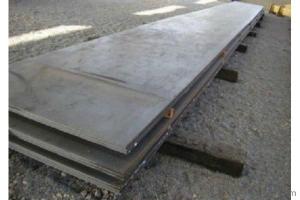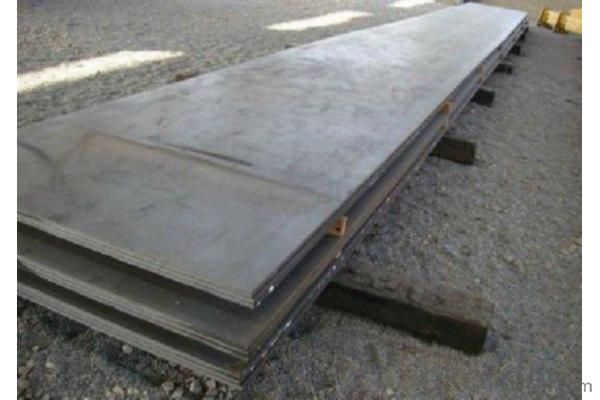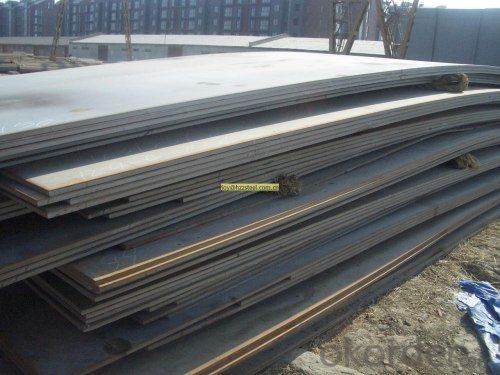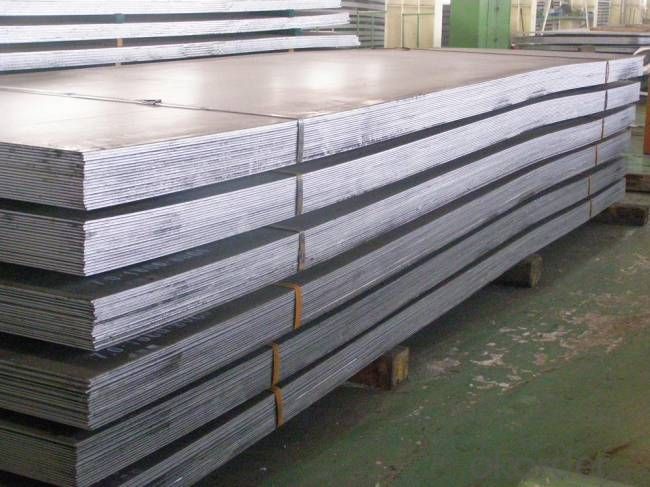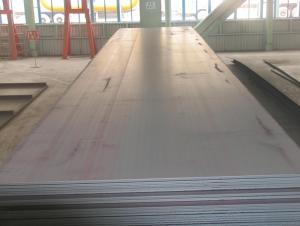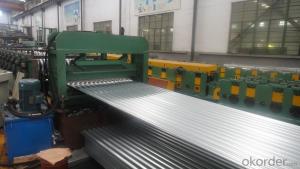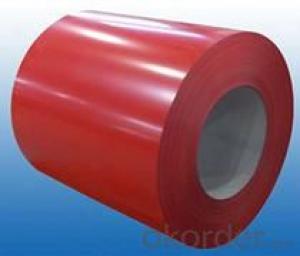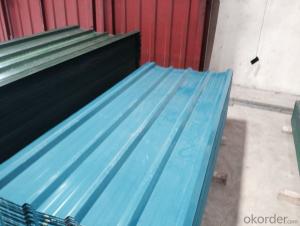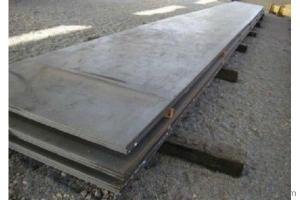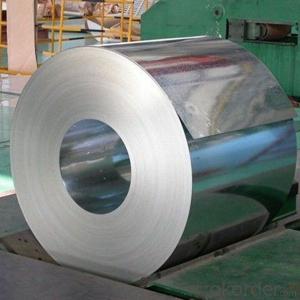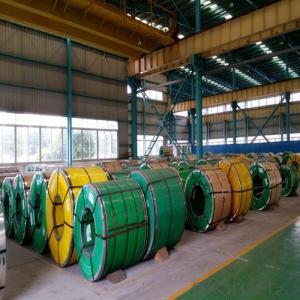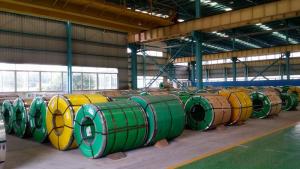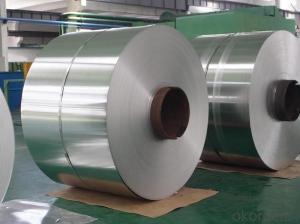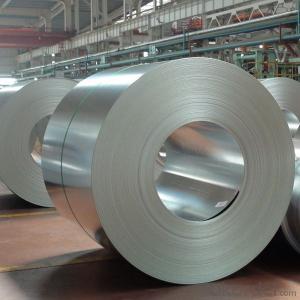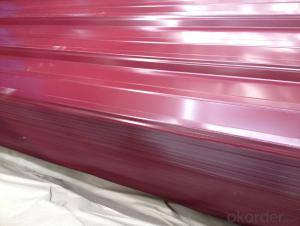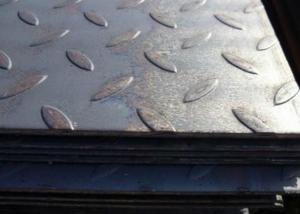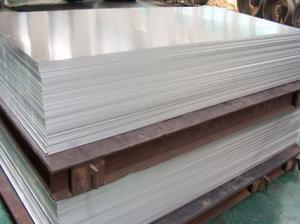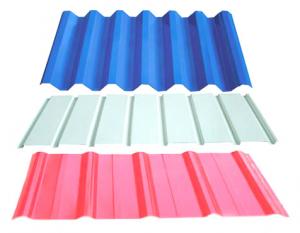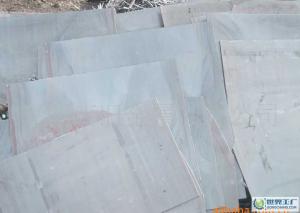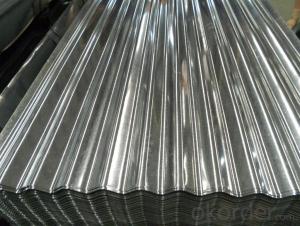hot rolled cold rolled stainless steel sheet /coil 2B /BA/8ksurface price
- Loading Port:
- Tianjin
- Payment Terms:
- TT OR LC
- Min Order Qty:
- 50 m.t.
- Supply Capability:
- 20000 m.t./month
OKorder Service Pledge
OKorder Financial Service
You Might Also Like
Quick Details
Grade: 2B,200,300,400series
Standard: JIS, AISI, ASTM, GB, DIN, EN
Length: 3m ,6m,or customized length
Thickness: 0.02--6mm
Width: 1000--2200mm
Place of Origin: Shandong, China (Mainland)
Brand Name: Wan Steel
Model Number: stainless steel
Type: Plate
Application: Ship building, Engineering construction, Mechanical manufacturing, Pav
Certification: ISO,BV,SGS
sample: small samples can be provide freely
- service: good reputation
application: utensil.kitchen cabinet, chemical, food industry,table,custruction
Packaging & Delivery
| Packaging Details: | Standard Exporting Seaworthy Packing |
|---|---|
| Delivery Detail: | within 5-10 working days after receive the deposit |
Specifications
thick:0.02-60mm width1000-2200mm
Length:3-6m or cut to your required length
2B/BA/8Kpolished surface
Protective film packing
Stainless Steel Plate/Sheet/Coil
Our coils are directly ordered from mills.300 series stainless steel(304,304L,316L,321),duplex(2205),heat resistant steel(309s,310s)are the main product.Thickness from 0.2mm to 20mm,width is from 300mm to 2000mm,weight is from 2 tons to 26 tons.
Application: stainless steel is one of Austenitic stainless steel. As a versatile steel, it has good corrosion resistance, heat resistance, low temperature strength and mechanical properties. Meanwhile, it is quite good in pressing, bending and other thermal processing.
So stainless steel coil is widely used for Machinemade industry, chemical industry, shipping industry architecture, food industry,household products,and so on.
![]()
The chemical and mechanical composition of the material is in accordance with GB,JIS,ASTM,and EN.
200,300,400series,201,202,301,304,304L,309S,310S,316,316L,410,430,etc.
| Typical chemical composition | ||||
| % | 304 | 304L | 310s | 321 |
| C | 0-0.07 | 0-0.03 | 0.8 | 0.08 |
| Mn | 0-2.0 | 0-2.0 | 2.00 | 2.00 |
| Si | 0-1 | 0-1 | 1.00 | 1.00 |
| P | 0-0.05 | 0-0.05 | 0.035 | 0.035 |
| S | 0-0.02 | 0-0.02 | 0.030 | 0.03 |
| Cr | 17.5-19.5 | 17.5-19.5 | 24.0-26.0 | 17.0-19.0 |
| Ni | 8-10.5 | 8-10.5 | 19.0-22.0 | 9.0-12.0 |
| Mo | ||||
| TI | 5×C% | |||
| Fe | Balance | Balance | ||
- Q: What is the average lead time for manufacturing steel sheets?
- The average lead time for manufacturing steel sheets can vary depending on various factors such as the size and complexity of the order, the manufacturing process employed, and the current demand and capacity of the steel sheet production facility. However, in general, the average lead time for manufacturing steel sheets can range from a few weeks to a few months. If the order is relatively small and standard in size, the lead time may be shorter, typically ranging from 2 to 6 weeks. This time frame allows for the procurement of raw materials, processing, and quality control procedures to ensure the final product meets the required specifications. On the other hand, if the order is larger or involves more complex specifications, the lead time may be longer. This is because additional time may be required for customizing the steel sheets according to specific dimensions, finishes, or treatments. In such cases, the lead time can extend to several months. It is important to note that lead times can also be influenced by external factors such as supply chain disruptions, unforeseen delays in raw material procurement, or fluctuations in demand. Therefore, it is always advisable to consult with the steel sheet manufacturer or supplier for an accurate estimate of the lead time based on the specific requirements of the order.
- Q: How do steel sheets perform in weather resistance?
- Steel sheets are highly weather resistant due to their durable composition and protective coatings, making them resistant to corrosion, rust, and extreme weather conditions.
- Q: What is the difference between a perforated and non-perforated steel sheet?
- The main difference between a perforated and non-perforated steel sheet lies in their respective designs and functionalities. A perforated steel sheet is characterized by having small holes or perforations evenly distributed throughout its surface. These holes can be of different shapes and sizes, depending on the specific application requirements. The primary purpose of a perforated steel sheet is to allow for the passage of air, light, sound, and liquids through the sheet, while still maintaining its structural integrity. This makes it highly suitable for applications where ventilation, filtration, or visibility is essential. Perforated steel sheets are commonly used in industries such as architecture, automotive, manufacturing, and construction, where they are employed for various purposes, including acoustic panels, protective barriers, decorative elements, and filter screens. On the other hand, a non-perforated steel sheet does not have any holes or perforations on its surface. It is a solid sheet of steel that is typically used for applications where strength, durability, and resistance to impact or abrasion are important factors. Non-perforated steel sheets are often utilized in structural engineering, machinery, shipbuilding, and heavy-duty equipment manufacturing, as they provide a solid and reliable surface for load-bearing and other demanding applications. In summary, the difference between a perforated and non-perforated steel sheet lies in their design and functionality. Perforated steel sheets have small holes throughout their surface, allowing for the passage of air, light, sound, and liquids, while non-perforated steel sheets are solid sheets without any holes, providing strength and durability for heavy-duty applications.
- Q: What are the different manufacturing processes for steel sheets?
- There are several manufacturing processes for steel sheets, including hot rolling, cold rolling, and electro-galvanizing. Hot rolling involves heating the steel above its recrystallization temperature and then passing it through rollers to achieve the desired thickness and shape. Cold rolling, on the other hand, involves passing the steel through rollers at room temperature to further refine its thickness and surface finish. Electro-galvanizing is a process where a layer of zinc is electroplated onto the steel sheet to provide corrosion resistance. Other processes such as pickling, annealing, and coating may also be involved in the manufacturing of steel sheets.
- Q: Can steel sheets be used for manufacturing shipping containers?
- Indeed, the utilization of steel sheets in the production of shipping containers is possible. Steel, being a robust and durable material, offers exceptional structural resilience, rendering it an ideal choice for the construction of shipping containers. Typically, steel sheets are employed in fabricating the container's walls, roof, and floor, guaranteeing its ability to endure the demanding conditions of transportation and safeguard the goods contained within. Moreover, steel exhibits resistance to diverse weather conditions, corrosion, and pests, thereby establishing it as a trustworthy option for the manufacturing of shipping containers.
- Q: What are the different types of surface patterns available for steel sheets?
- There are several different types of surface patterns available for steel sheets, including smooth, textured, embossed, diamond, and perforated patterns.
- Q: How are steel sheets stored and transported?
- Steel sheets are typically stored and transported in large stacks or bundles. They are often placed on pallets or stored directly on the ground in a warehouse or storage yard. To prevent damage and ensure stability, steel sheets are secured using steel strapping or bands. When being transported, they are often loaded onto trucks or railcars using cranes or forklifts. The sheets are secured in place during transportation to prevent shifting or damage.
- Q: Can steel sheets be used for electrical switchgear?
- Yes, steel sheets can be used for electrical switchgear. Steel is a common material choice for switchgear enclosures due to its durability, strength, and ability to provide protection from environmental factors such as moisture, dust, and temperature fluctuations. Steel sheets are commonly used in the construction of switchgear cabinets and enclosures to provide a robust and secure housing for electrical components. The steel sheets used for switchgear are typically coated or painted to provide additional protection against corrosion. Additionally, steel is a good conductor of heat, which helps dissipate any heat generated by the electrical components within the switchgear. Overall, steel sheets are a suitable material for electrical switchgear enclosures due to their mechanical properties, protective capabilities, and thermal conductivity.
- Q: What is the weight of each steel sheet?
- The dimensions and thickness of each steel sheet determine its weight. Steel sheets are available in different sizes and thicknesses, resulting in varying weights. To calculate the weight, it is necessary to have the length, width, and thickness measurements of the steel sheet. Once these measurements are obtained, a weight calculator or a steel weight chart can be utilized to determine the weight per square meter or per square foot of the steel sheet. By multiplying this weight by the surface area of the sheet, the total weight of each steel sheet can be obtained.
- Q: How do steel sheets perform in terms of wear resistance?
- Steel sheets generally perform very well in terms of wear resistance. Steel is known for its strength and durability, and steel sheets are no exception. They are able to withstand heavy loads, abrasion, and impact, making them suitable for a wide range of applications where wear resistance is crucial. Additionally, steel sheets can be further enhanced with surface treatments or coatings to improve their wear resistance even more. Overall, steel sheets are a popular choice for industries that require materials capable of withstanding wear and tear over extended periods of time.
Send your message to us
hot rolled cold rolled stainless steel sheet /coil 2B /BA/8ksurface price
- Loading Port:
- Tianjin
- Payment Terms:
- TT OR LC
- Min Order Qty:
- 50 m.t.
- Supply Capability:
- 20000 m.t./month
OKorder Service Pledge
OKorder Financial Service
Similar products
Hot products
Hot Searches
Related keywords
